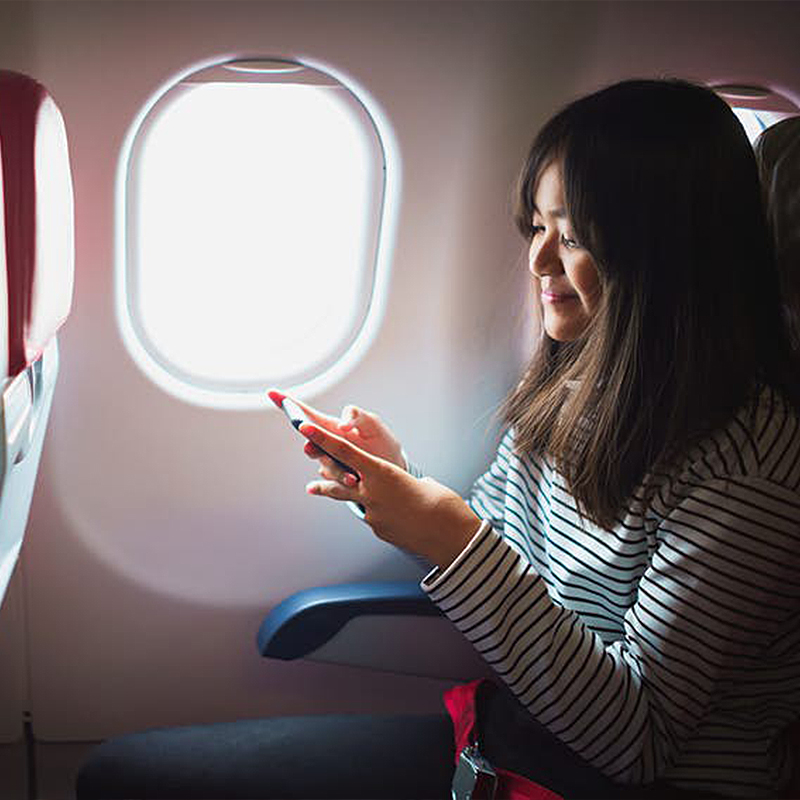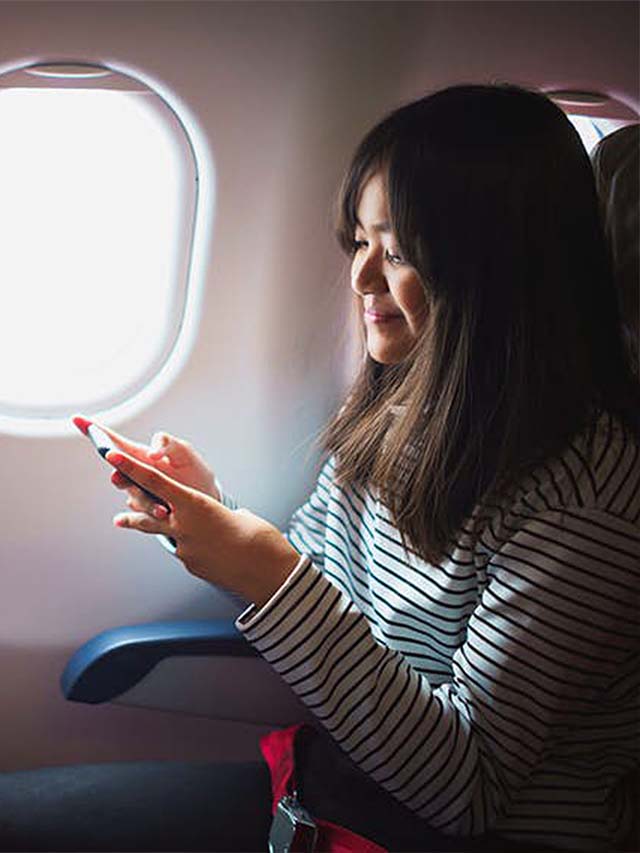Some people who are afraid of spiders have arachnophobia while those with claustrophobia have a fear of confined or crowded spaces. And those who get uncomfortable flying or experience anxiety take over when travelling by airplane aerophobia. Anxiety, though common post the lockdown, has several different types based on phobias. Experts suggest that some of the primary reasons some people are afraid to fly are a fear of crashing, a fear of being out of control, a fear of the unknown, a fear of heights, having lost a loved one in a plane crash and feeling claustrophobic.
To know more about aerophobia, TC46 connected with Clinical Psychologist, Deekshaa Athwani. Here she talks about symptoms of aerophobia, treatment options and tips to sail smoothly when you experience aerophobia.
1. Understanding aerophobia
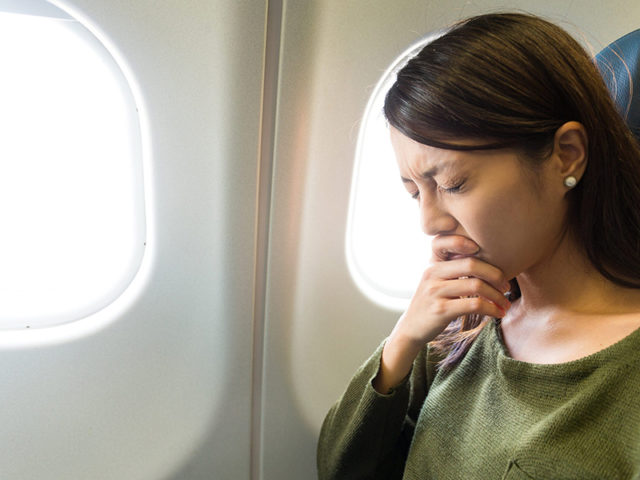
Aerophobia, also known as Aviophobia, is a fear of flying in an airborne vehicle. It is characterized by intense fear and anxiety while flying.
2. Learn the common causes and symptoms of aerophobia
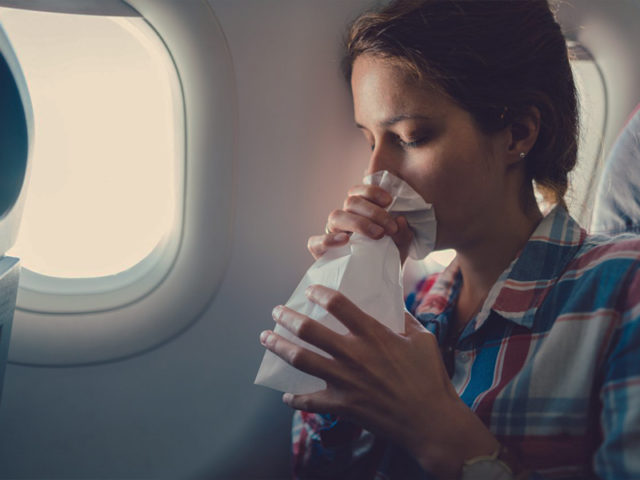
The specific cause is unknown, but researchers state that other phobias may contribute to the development of fear of flying. For example, fear of heights (Acrophobia) or fear of closed spaces (Claustrophobia).
Aerophobia can cause anticipatory stress in days leading up to one’s departure. The symptoms include increased heart rate, shortness of breath, nausea or abdominal distress, trembling or shaking, numbness or tingling sensations, sudden chills or heat sensations, sweating. The number and severity of symptoms vary from person to person. Some might even avoid air travel altogether.
3. Know the root cause of aerophobia and triggers
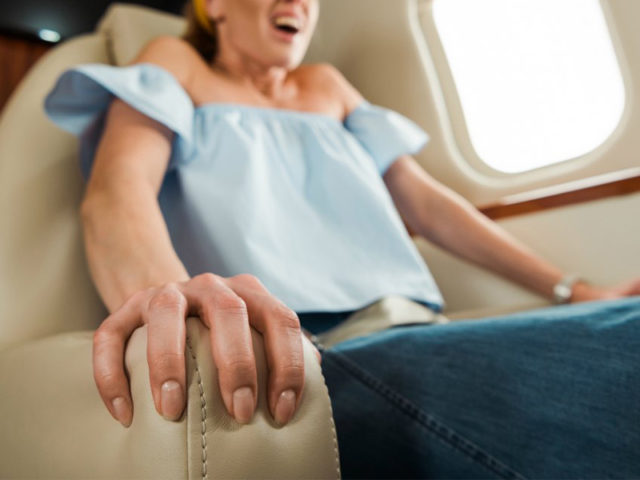
The specific cause is unknown. Other phobias may contribute to the development of fear of flying. There is a possibility that fear could be provoked by a stressful air travel incident.
Fears and phobias are diverse with respect to sex and age distribution.
4. The possible medical treatments for aerophobia

Yes, in severe cases, anti-anxiety medicines can be prescribed by your Psychiatrist.
5. A few expert steps one can take to overcome this anxiety
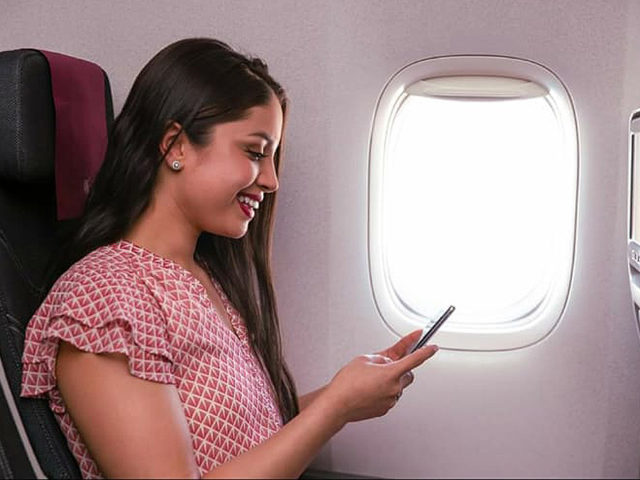
Anxiety can easily trick you into thinking that you are in danger when you are perfectly safe. Use these techniques to soothe your nerves before a flight:
- Ensure you have enough time to check-in, but don’t get to the airport too early. You might end up getting stressed about things which are outside your control
- Find the calming strategy that works for you best. It can be deep breathing, listening to music, reading. You can pack a few distractions to keep your mind occupied during the flight
- If you are afraid of heights, close your window shades. Pre-book your seat to an aisle seat if possible
- Visualize your destination and the things you have planned on doing once reaching there. Your anxiety may turn into excitement when you focus on your end goal
You should seek help from a specialist if you have an uncontrollable fear of flights, and this phobia does not diminish but continues for 6 months or more. If you notice that panic attacks occur before an upcoming flight, or you avoid airplane travel by choosing other alternative modes of transportation, even if they are not rational, in terms of time and effort.
6. Cognitive Behaviour Therapy (CBT) is an effective mode of therapy

Cognitive Behaviour Therapy (CBT) is an effective mode of therapy. The therapist helps the client to learn different ways of understanding and reacting to the source of their phobia, to make coping easier. It explains the interconnectedness of thoughts, beliefs, feelings, and behaviours. This is followed by Exposure Therapy where they are gradually exposed to the cause of the phobias in escalating steps. This can be done through imaginary exposure and virtual reality at the initial stages.
7. What to do if you are having a panic attack on a plane
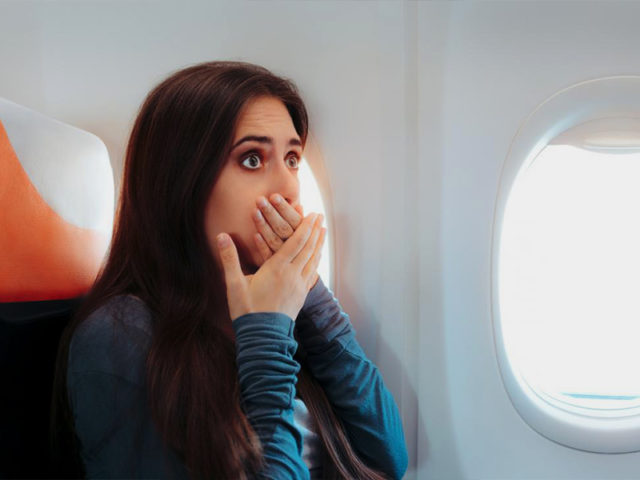
- Ground Yourself: Take off your shoes, make yourself comfortable and put your feet on the ground, feel the ground and now take slow deep breaths. Take in a deep breath for 5 seconds, hold for 2 seconds and breathe out for 5 seconds. This simple act of controlled breathing will slow down your heart rate and prevent you from snowballing into fearful thoughts.
- Wrist Arm Technique: Along with the grounding and breathing technique you can try some self-massaging or self-soothing activity. Keep in mind the breathing technique and at the same time grab your elbows and drag your hands along your forearms and down to your wrists. Repeat this a few times. This will distract your mind from thinking that something horrible is going to happen.

